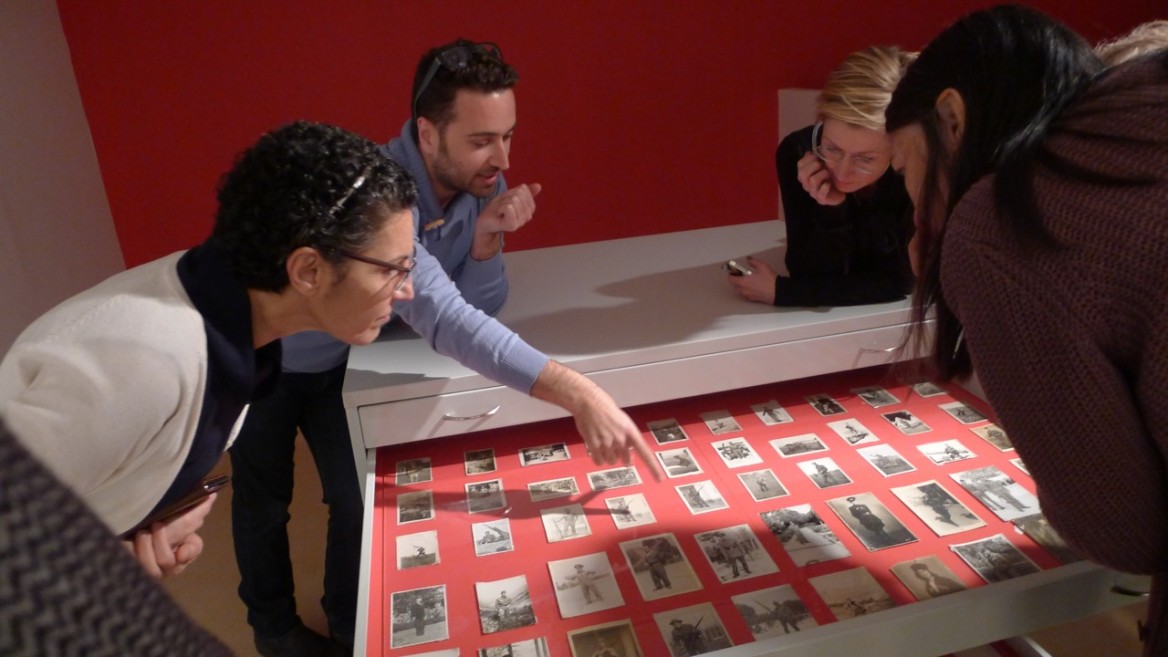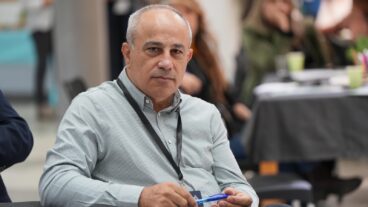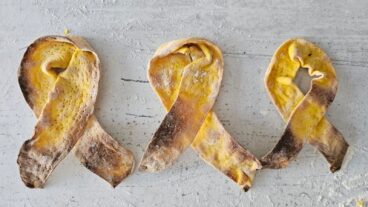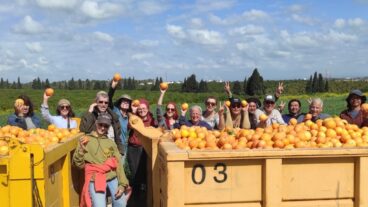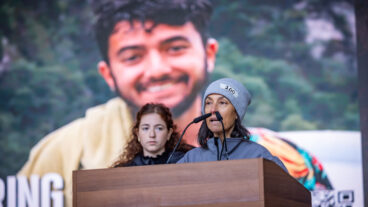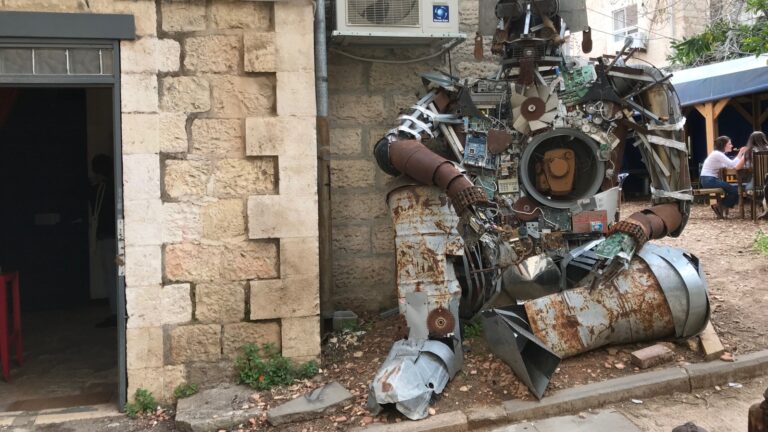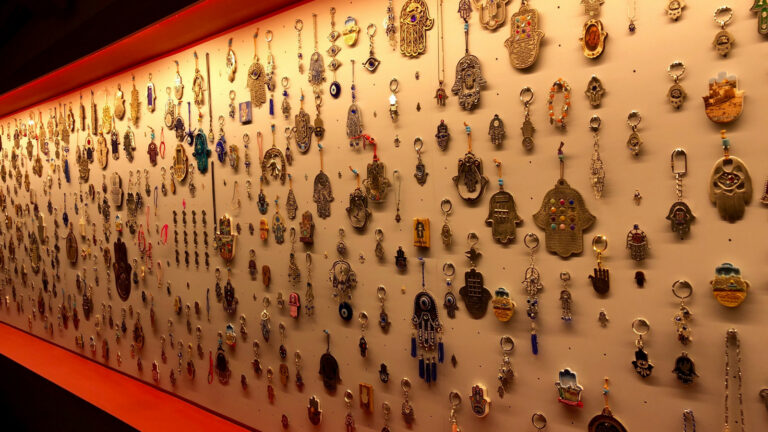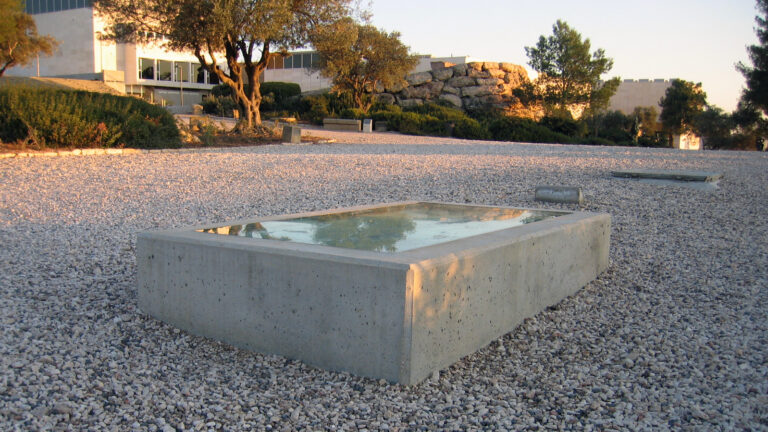Don’t be surprised if you visit a museum, concert hall, music festival or dance venue in the Netherlands and find Israeli artists on the bill. Holland’s events calendars are brimming with Israeli culture.
And it’s not by chance.
KUNSTENISRAËL (Dutch for “Art and Israel”) is an independent foundation that encourages Dutch culture venues to show the work of Israeli artists “so that the Dutch public can experience and appreciate the full diversity of Israeli art.”
“Israeli art is world class and not enough people know about it,” Ken Gould, director of KUNSTENISRAËL, tells ISRAEL21c. “Israel has very strong connotations — religion, conflict. Like any country it’s pretty much only in the news when there’s bad news. And there’s so much bad news coming out of Israel. The artists are much too good to be victim to Israel’s PR problems.”
Thanks to the foundation, musicians Tiltan, Avishai Cohen and Maureen Nehedar recently performed in Amsterdam, Utrecht and Delft. Choreographer Itamar Serussi recently took the stage in The Hague, Nijmegen, Tilburg and Utrecht. And Israeli visual artists Sigalit Landau, Yael Bartana and Eyal Assulin recently exhibited at Museum Beelden aan Zeeand the Jewish Historical Museum.
KUNSTENISRAËL’s goal is to create a broader basis for understanding Israel and its population through cultural projects. To do this, the five-year-old organization brings leading arts professionals – museum directors, curators, presenters and journalists – to Israel to get a first hand taste of the cultural scene here.
Over the past five years, representatives of Cinema Zuid; Stedelijk Museum, Amsterdam; Cobra Museum, Amstelveen; Boijmans van Beuningen, Rotterdam; Museum Meermanno, The Hague; Centraal Museum, Utrecht; Amsterdam Museum and others have taken part in the arts trips.
“Personally and professionally the journey was unforgettable. It has offered me the opportunity to view the world from another perspective and to approach the complexity of Israel aspars pro toto [representative] for our universe,” said Jacqueline Grandjean of Oude Kerk, Amsterdam, after taking part in a KUNSTENISRAËL arts trip.
“I discovered Israeli art,” said Yvonne Ploum from Armando Museum, Utrecht. “It has also taught me a lot about the urgent need for art, the important role it can play in the dialogue between nations as well as between people. It also has a role in the expression of positive social developments. This inspires me even more now, in my daily work: expressing clearly the urgent need for art, again and again.’”
Centraal Museum director Edwin Jacobs said he came back with two very strong lessons from Israel. “That in Israel it’s about something totally different from the clichés we get here on TV: it’s about people” and that arts and culture are important elements in Israeli society. “Even if some of the places we visited didn’t have a cent to spend on art, there was still art. I almost felt it was a lesson in life.”
Grants to over 70 cultural events
Seven Dutch curators are now in Israel meeting with local artists, musicians and dancers to discuss future collaborations.
This is the largest group of curators to take part in the initiative, and some had to be turned away.
“In the Dutch museum curator community, whereas we were viewed with skepticism when we started this program, we’re now getting a much higher response rate,” Gould says.
Since KUNSTENISRAËL’s first arts trip to Israel in 2012, the perception of Israeli art among the arts community has changed.
“Five years ago, we ran into a preconception of ‘How is this Israeli art?’ It was a tunnel vision of what people expected art from Israel to contain,” says Gould, over a Skype call from his home in Amsterdam. “Now, the level of consciousness is incredibly raised and the expectation is raised. They expect art from Israel will be at the same level as art from Holland, England, Germany or elsewhere in Europe.”
KUNSTENISRAËL also offers grants to projects by artists and art institutions — including dance, photography, visual arts, music, literature and film — to promote the diversity of Israeli art to the Dutch audience.
To date, the foundation has handed out more than 70 grants (totaling more than €300,000) for presentations of Israeli arts in the Netherlands.
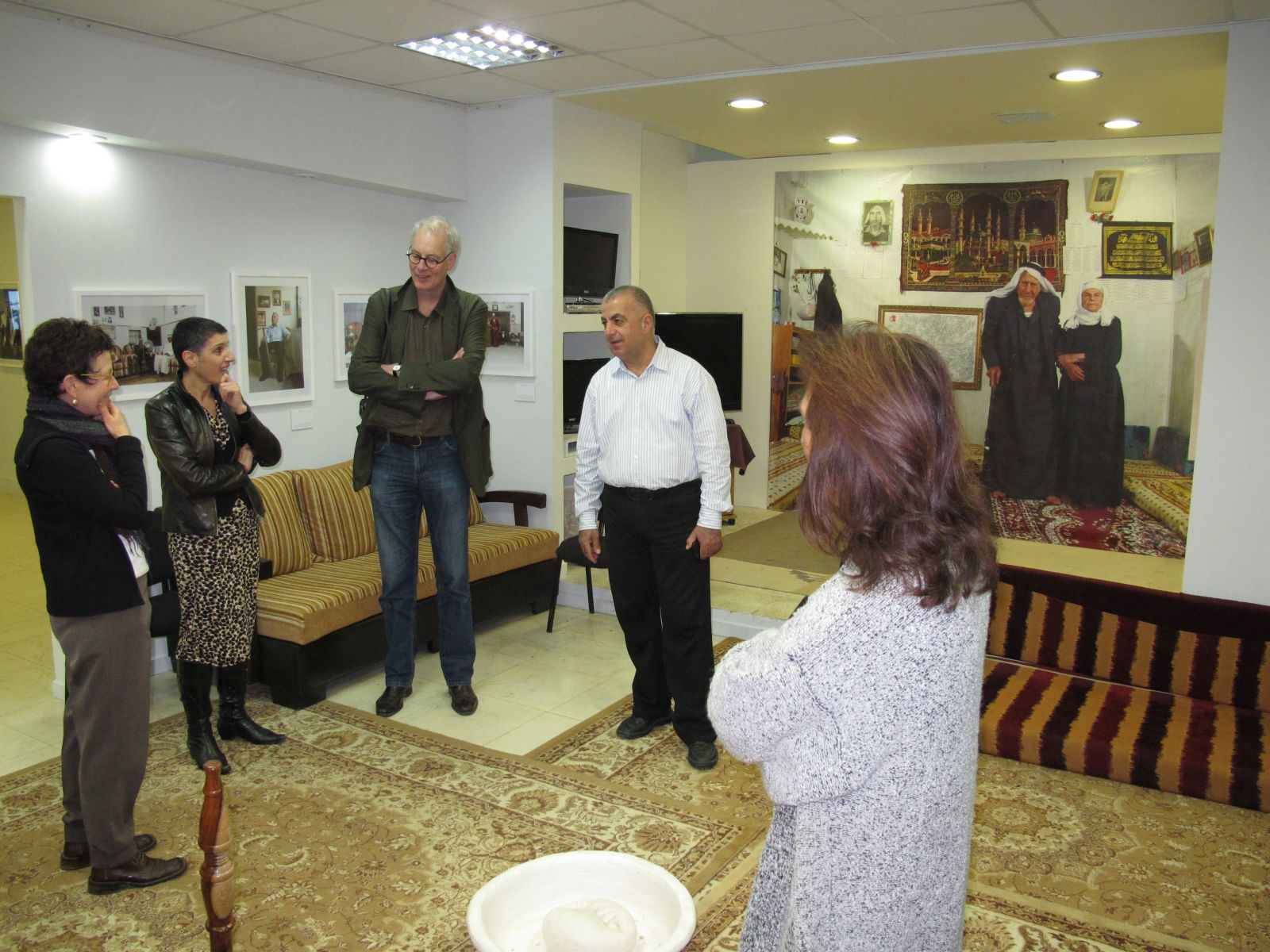
“The Netherlands is very small, about the same size as Israel, so when you give out 70 grants and spread it out around the country, it’s really noticeable,” says Gould, who wears two hats as both a cantor and culture director. “The Netherlands also has the highest concentration of world-class museums and venues and many of them serve as launching pads for international careers.”
Promoting Israel’s culture scene is a personal mission for Gould. After a successful international career as a baroque singer, the American-raised Dutch citizen directed Amsterdam’s International Jewish Music Festival from 2007 to 2012. In 2011, he was appointed director of KUNSTENISRAËL.
“I like to see art as a form of inoculation,” he says. “A lot of people still don’t have an opinion about Israel. By having their first pre-exposure to Israel through the arts, they become vaccinated against a tunnel vision. They immediately see Israel with a wider vision. And that is what art can do. By reaching a wide audience we’re catching a lot of people before they form a ‘for’ or ‘against’ opinion. Israel is a land of art. If people have that association then we’re making progress.”
But for Gould the best progress will actually be when KUNSTENISRAËL replicates itself around the world.
“I hope that this continues not only here but elsewhere,” he says. “It’s a great way to get to know Israel.”




